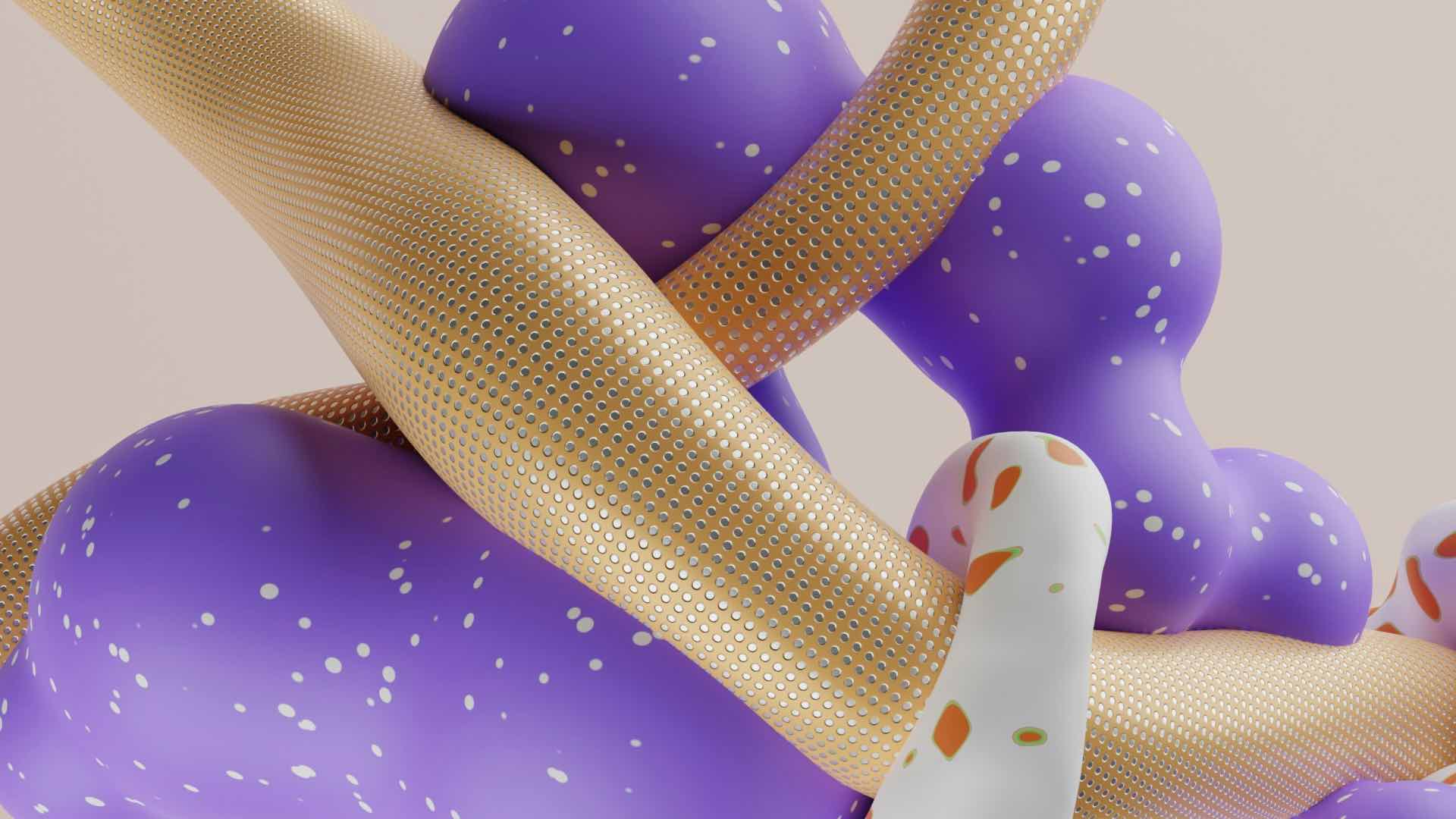Introduction
In the dynamic landscape of user interface (UI) design, where user experience is paramount, the integration of motion has emerged as a powerful tool for creating engaging and immersive digital experiences. Animated UIs utilize motion and animation to enhance the storytelling aspect of a user interface making it more dynamic and captivating. This blog post explores the art of storytelling through motion in UI design, unraveling the principles, benefits, and creative possibilities that come to life when animation becomes an integral part of the user experience.
Principles of Animated UI Design
- Purposeful Motion: Every animation in UI design should have a clear purpose. Whether it's guiding the user's attention, providing feedback on an action, or transitioning between screens, purposeful motion enhances the user experience by contributing to the overall narrative.
- Consistency and Cohesion: Animated elements should align with the overall design language and remain consistent throughout the interface. Cohesive animations create a unified and polished look, reinforcing the brand identity and user experience.
- Performance Considerations: While animation adds flair to UI design, it's crucial to consider performance implications. Smooth and optimized animations contribute to a positive user experience, while overly complex or resource-intensive animations can lead to sluggish interfaces.
Creative Possibilities in Animated UIs
- Microinteractions: Microinteractions involve subtle animations tied to specific user actions, providing immediate feedback and delight. Examples include a heart icon changing color when liked or a button transforming on click. These small animations contribute to a richer user experience.
- Storytelling Sequences: Designers can craft storytelling sequences within an interface using animations. For instance, a product's journey from selection to purchase can be visualized through a series of animated transitions, creating a narrative that engages and informs the user.
- Interactive Storyboards: Animated UIs can function as interactive storyboards, guiding users through a narrative within the digital space. This approach is particularly effective in applications where storytelling is central, such as e-learning platforms or interactive storytelling apps.
Benefits of Animated User Interfaces
Animated user interfaces offer numerous benefits that contribute to a more effective and enjoyable user experience. Firstly animations can guide users by providing visual cues and feedback making it easier for them to navigate through the interface. For example, a loading animation can indicate that an action is in progress reducing user frustration caused by uncertainty. Moreover,, animations can effectively communicate complex concepts or interactions, simplifying users' learning process. By visually demonstrating how different elements of the interface interact users can quickly grasp the functionality and purpose of the system.
Furthermore, animated UIs have the potential to evoke emotions and create a sense of delight for users. Through carefully crafted motion designers can establish a connection with users triggering positive emotions and enhancing engagement. The smooth transitions playful movements and subtle micro-interactions can add personality and charm to the interface making it more memorable and enjoyable to interact with.
Techniques for Animated User Interfaces
To create compelling animated UIs designers employ various techniques that help to effectively convey the intended message and engage users. One commonly used technique is the principle of anticipation which involves setting up an animation to prepare the user for an upcoming action. For instance, when users hover over a button a subtle animation can indicate that clicking will result in a specific outcome thus providing a sense of anticipation and expectation.
Another technique is the use of motion to establish a hierarchy and highlight important elements within the interface. By applying motion to key elements such as buttons or menu items designers can draw users' attention and guide them towards the desired actions or information. Furthermore, designers can utilize motion to create smooth transitions between different states of the interface ensuring a seamless and fluid user experience.
Benefits of Storytelling through Motion
- Emotional Connection: Animated UIs have the power to evoke emotions. By carefully choreographing transitions and interactions, designers can create an emotional connection between the user and the interface, fostering a positive and memorable experience.
- Guiding User Navigation: Motion serves as a guide, directing users through the interface seamlessly. From highlighting important elements to indicating the outcome of an action, animations provide visual cues that enhance navigation and usability.
- Brand Differentiation: In a competitive digital landscape, brands seek unique ways to stand out. Animated UIs offer a distinctive edge, allowing brands to differentiate themselves by providing a memorable and enjoyable user experience that goes beyond the conventional.
Impact on User Experience
Animated user interfaces have a significant impact on user experience as they contribute to a more engaging and enjoyable interaction with technology. Research has shown that well-designed animations can improve user perception of an interface's usability and aesthetics. By incorporating motion designers, the interface can feel more responsive and alive, creating a sense of direct manipulation and enhancing users' overall satisfaction.
Moreover, animated UIs can help users understand complex interactions and concepts more easily. Through motion, designers can provide visual feedback that guides users through the interface enabling them to comprehend how different elements relate to each other. This can reduce cognitive load and improve the efficiency of users' interactions with the system.
Conclusion
Animated user interfaces offer a unique and powerful way to tell stories through motion. By leveraging the benefits of animations designers can guide users to communicate complex concepts and evoke emotions. The techniques employed in animated UIs such as anticipation and motion hierarchy contribute to a seamless and engaging user experience. Overall animated user interfaces enhance the usability aesthetics and overall satisfaction of users.




